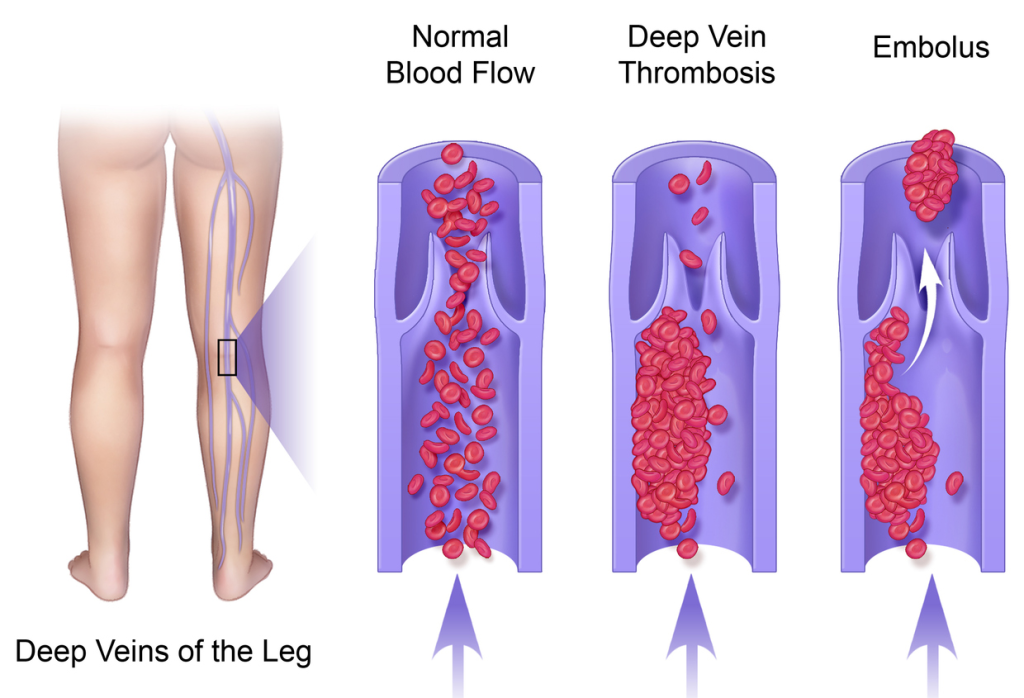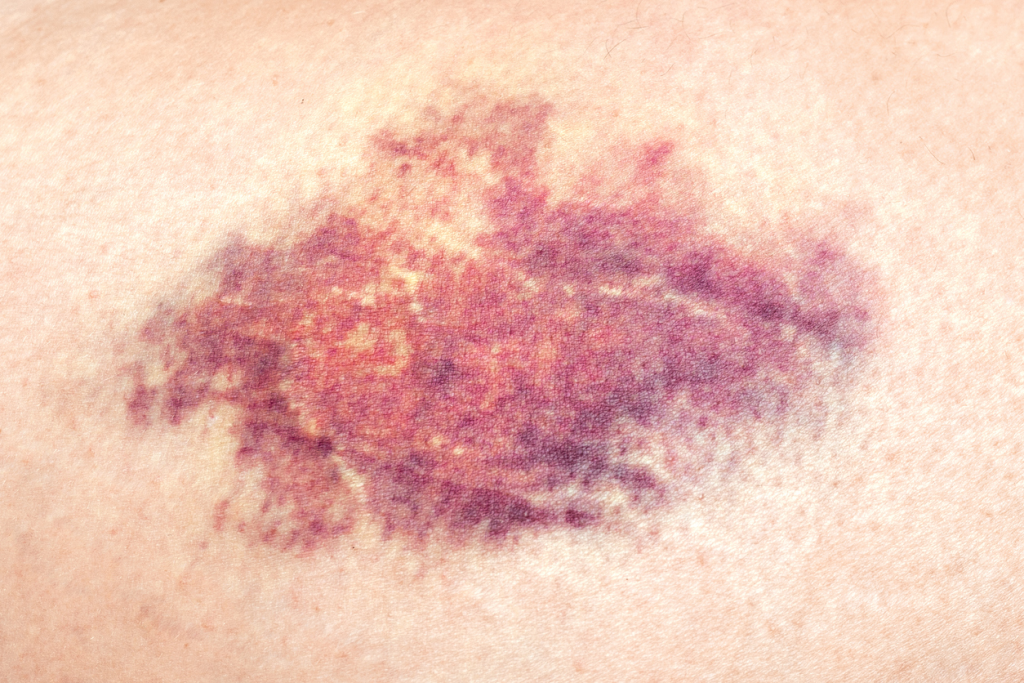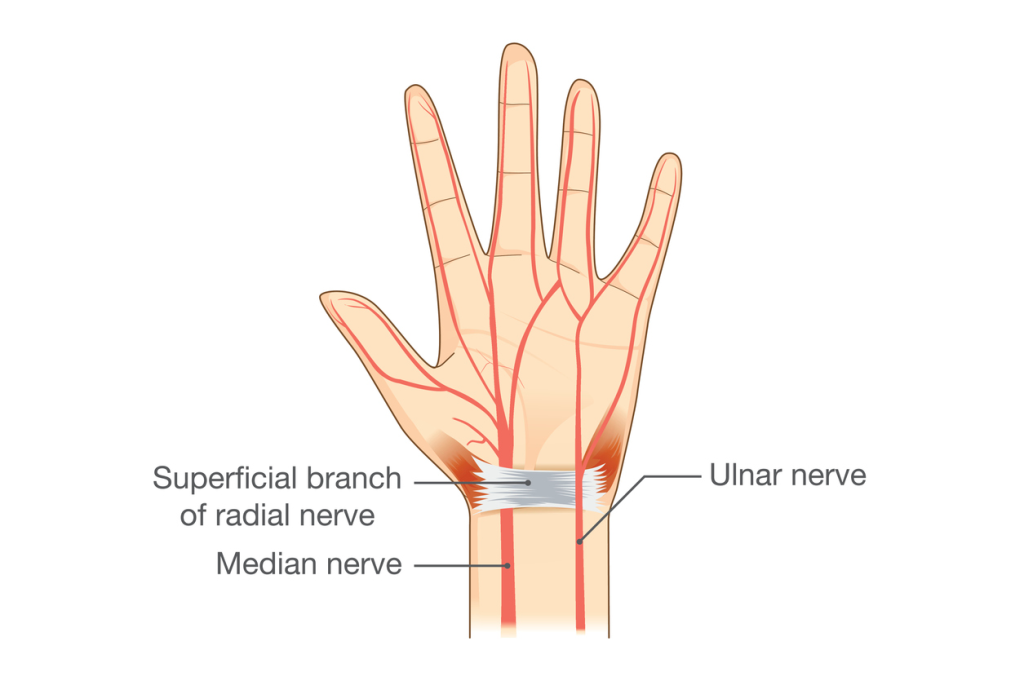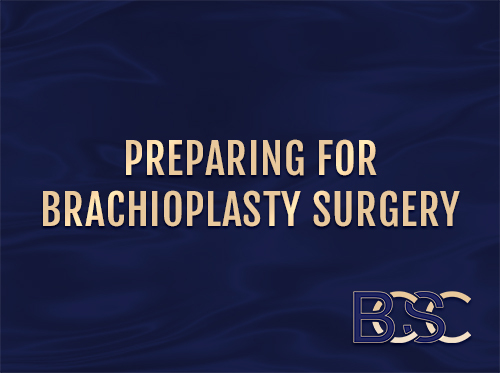Brachioplasty Complications: What are the Risks?
Brachioplasty is a surgical procedure that removes excess skin and fat from the upper arms. While it can achieve firmer arms, there are risks and complications to consider, even when the operation is performed by a highly trained surgeon.
In this article, Dr Bernard Beldholm FRACS explains the risks of brachioplasty surgery, factors that may increase these risks, and what you can do to prepare.
A Word from Dr Beldholm
Dr Beldholm performs surgery in accredited private hospitals, alongside a licensed anaesthetist and experienced nursing staff. He has refined his surgical techniques for more than 12 years. However, no surgery is without risks. Before your operation, you will be asked to sign a consent form to confirm that you understand and accept the possible risks.
What are the Risks of Brachioplasty Surgery?
The risks of brachioplasty can be divided into general surgical risks and those that are specific to this procedure. Below is an overview of the most important risks to be aware of.
Abnormal Scarring
All surgery leaves a scar. In brachioplasty, the incision is usually placed along the inner aspect of the upper arm. Scars often fade within 12 months, although some people heal more slowly. Abnormal scarring can occur.
- Keloid scars, hypertrophic scars, and wide scars may form, especially in individuals with a genetic tendency toward poor scar formation
- Even with precise surgical technique, scars can sometimes appear asymmetrical or uneven
- Skin bunching may occur where the incision is closed
If you have a personal or family history of problematic scarring, you may be at higher risk.
Infection
Infections can occur at the incision site or more deeply in surrounding tissue. Symptoms may include redness, swelling, pain, or pus.
- Mild infections are usually treated with oral antibiotics
- Severe infections may require intravenous antibiotics or surgical drainage
- To reduce risk, antibiotics are administered during the operation
Allergic Reactions to Medications
Reactions may occur to anaesthesia or prescribed medications.
- Mild reactions include rashes, itching, nausea, or hives
- Severe reactions, such as difficulty breathing or a drop in blood pressure, are rare but possible
- If you have known allergies, your medications will be adjusted in advance
Injury to Deeper Structures
Although rare, surgery can occasionally damage underlying nerves, muscles, or blood vessels. Such injuries are uncommon in the hands of an experienced surgeon.
Lung Problems

General anaesthesia carries a small risk of lung complications.
- Areas of the lungs may temporarily collapse, leading to chest infections
- These issues are usually treatable with antibiotics or physiotherapy
- Serious lung problems are rare
Blood Clots

Blood clots may form in the legs after surgery (deep vein thrombosis).
- Symptoms include pain, redness, or swelling in one leg
- In rare cases, clots can travel to the lungs (pulmonary embolism), which can be life-threatening
- Moving around and walking soon after surgery helps to reduce this risk
Sensation Changes
Itching, tingling, numbness, or sensitivity to temperature changes may occur after surgery. These symptoms usually resolve within weeks or months, though rarely they may persist long term.
Suture Problems
Occasionally, deep sutures may “spit out,” poking through the skin. If this happens, a minor procedure may be required to remove them.
Wound Healing Issues
Poor wound healing may occur in some individuals, particularly smokers.
- The incision may split apart (wound dehiscence) or heal more slowly
- Heavy lifting or strenuous activity increases this risk
- Most wounds heal within a few weeks with proper dressing care
Pain After Surgery
Pain is expected after brachioplasty.
- Discomfort usually ranges from mild to moderate, with the most severe pain in the first few days
- Sharp, shooting nerve pains may occur temporarily as nerves recover
- Persistent or worsening pain should always be reported to your surgeon
Bruising and Swelling

Both are normal after surgery. Arms may be swollen for weeks, sometimes making hands appear puffy. Compression garments help reduce swelling. If swelling increases suddenly, it should be assessed promptly.
Seroma
Fluid accumulation under the skin may occur. If a seroma develops, drainage may be required. In rare cases, imaging is needed to confirm diagnosis.
Ulnar Nerve Injury

The ulnar nerve in the arm may be affected, which can alter movement and sensation. This complication is rare.
Skin Irregularities
Irregularities may appear along the incision, such as:
- Skin pleating or bunching
- Depressions in the skin
- “Dog ears” (folds of tissue at the end of an incision)
In some cases, revision surgery is required to correct these.
Asymmetry
Arms are naturally not identical, and surgery may not make them perfectly symmetrical. Any differences are usually minor.
Bleeding
Excessive bleeding during or after surgery may require urgent treatment, such as a blood transfusion or return to theatre.
Risk Factors for Complications
Some individuals are at higher risk of experiencing complications.
Smoking

Smoking and nicotine products significantly increase risks of poor healing, infection, and blood clots. You must stop smoking well before and after surgery.
Pre-existing Medical Conditions
Conditions such as diabetes, heart disease, respiratory illness, or immunodeficiency increase risks. Your medical history will be carefully reviewed before surgery.
Obesity
Brachioplasty is not a treatment for obesity. People with a higher body mass index may experience more complications. Surgery is safest once you have reached and maintained a healthy weight for at least six months.
Not Following Instructions
Ignoring pre- and post-surgical advice increases risks. Instructions may include:
- Avoiding certain medications or supplements before surgery
- Wearing compression garments after surgery
- Avoiding heavy lifting until cleared
Combining Multiple Procedures
It may be safer to stage operations rather than combine several major surgeries in one sitting. Your surgeon will guide you on what is appropriate.
Travelling Abroad for Surgery
Travelling overseas for lower-cost surgery can increase risks due to variations in standards, limited follow-up care, and difficulty accessing your surgeon if problems arise.
How Common are Complications?
- Major complications: A large study of 2,294 individuals found a rate of about 3%. The most common issue was infection (1.7%).
- Minor complications: More common, including hypertrophic scarring, seroma, and haematoma.
Overall, brachioplasty is considered a safe procedure when performed by a qualified surgeon, but complications remain possible.
What if Something Goes Wrong?
If you notice unusual symptoms or believe you are experiencing a complication, contact Dr Beldholm’s office immediately. Early intervention helps prevent minor issues from becoming serious.
- Dr Beldholm provides 12 months of aftercare for those who undergo brachioplasty with him
- Minor complications are usually treated in the clinic
- Major complications may require hospital treatment
Additional medical procedures may incur extra costs, including hospital or theatre fees, but routine follow-up appointments are included in the surgeon’s fee.
Preparing for Brachioplasty Surgery
Preparation helps lower risk. Dr Beldholm will give you written pre-operative instructions, which may include:
- Adjusting medications and supplements 10–14 days before surgery
- Fasting before general anaesthesia
- Arranging a responsible adult to drive you home after hospital discharge
- Quitting smoking well before surgery
Following these instructions closely will support a smoother recovery.
Is Brachioplasty Risky?
Brachioplasty does carry risks, most of which are minor and treatable. Major complications are rare. The procedure is generally considered safe when performed by an experienced surgeon, provided that individuals follow medical advice and preparation guidelines.

